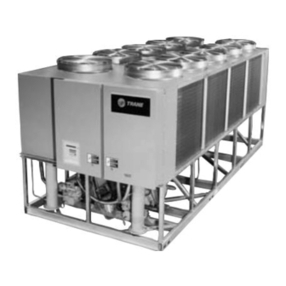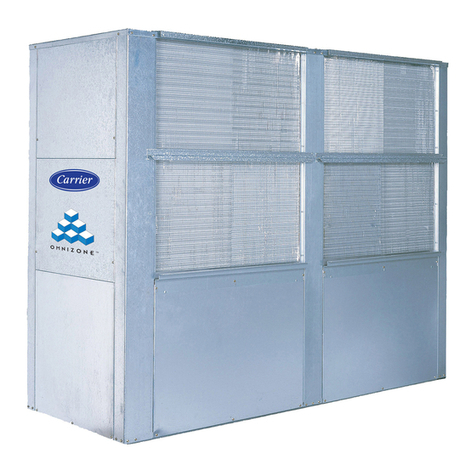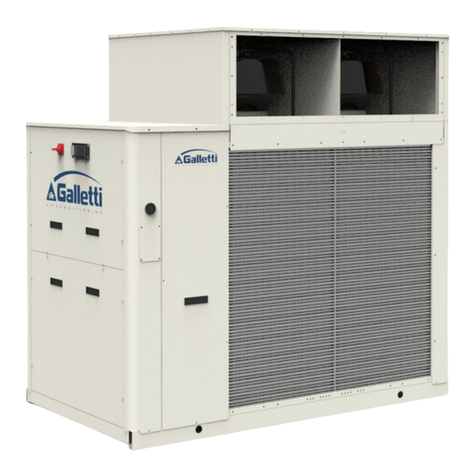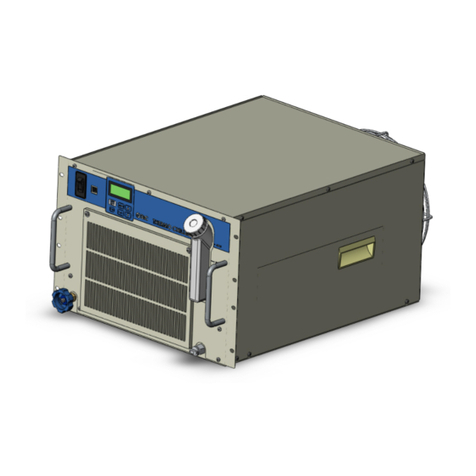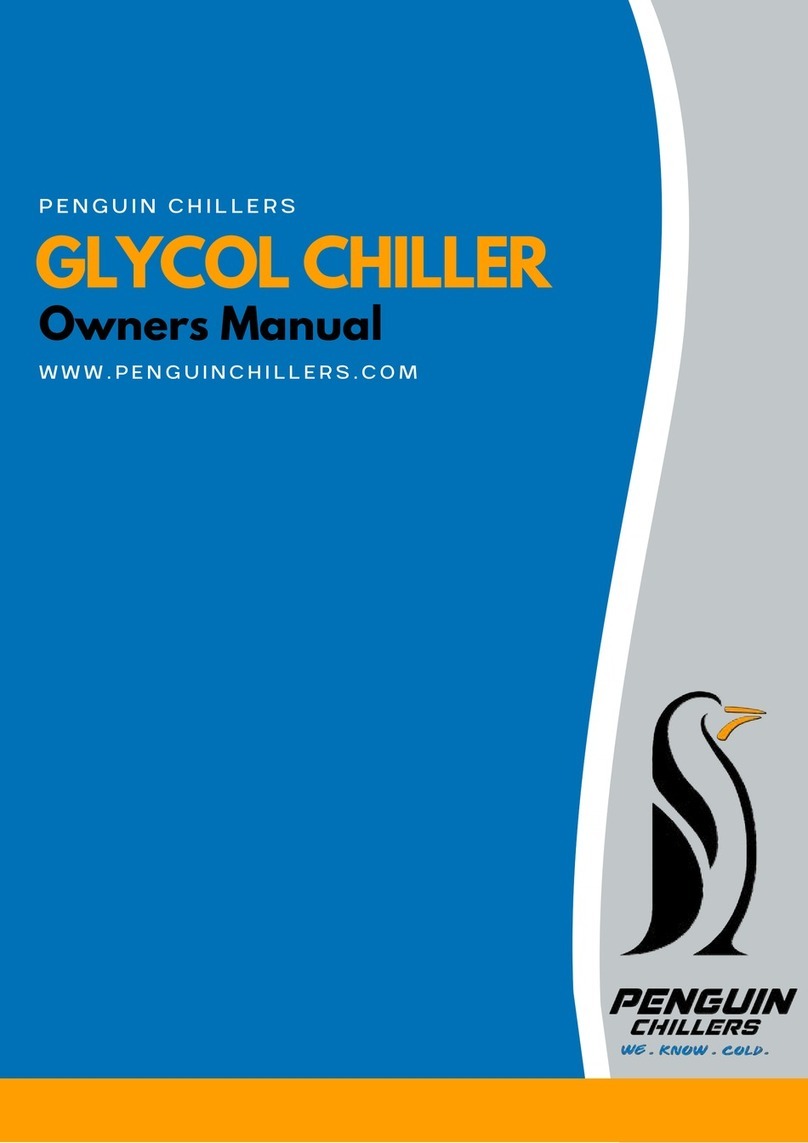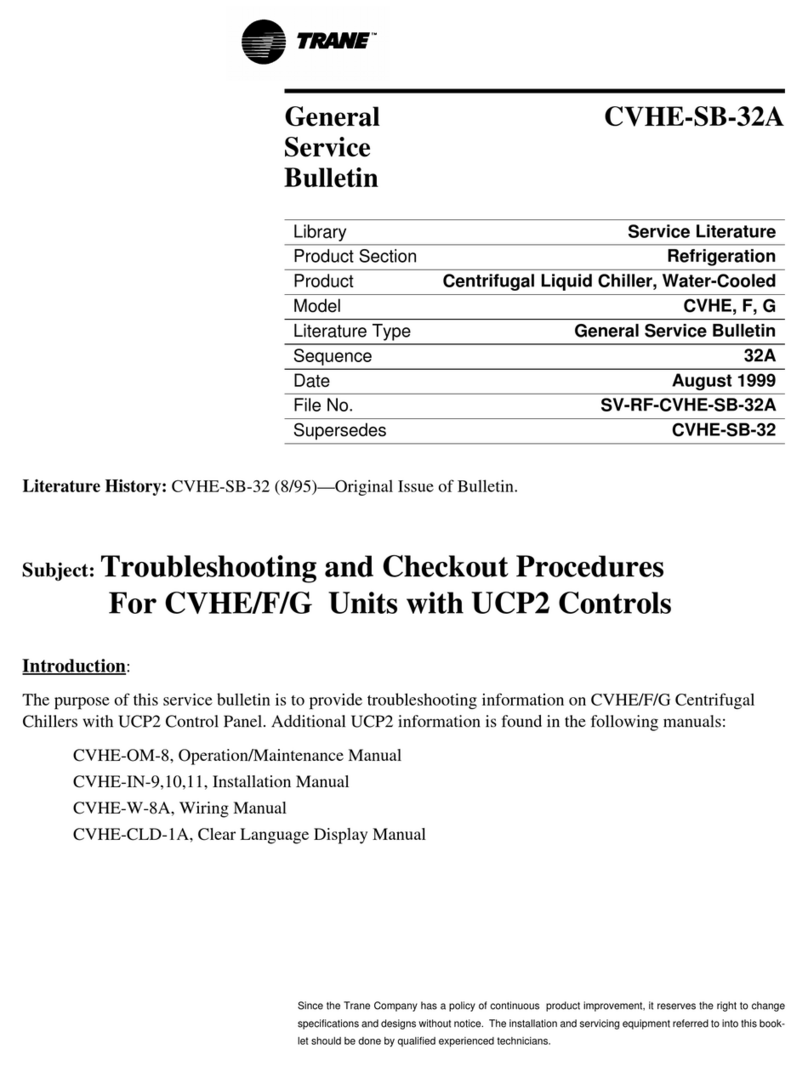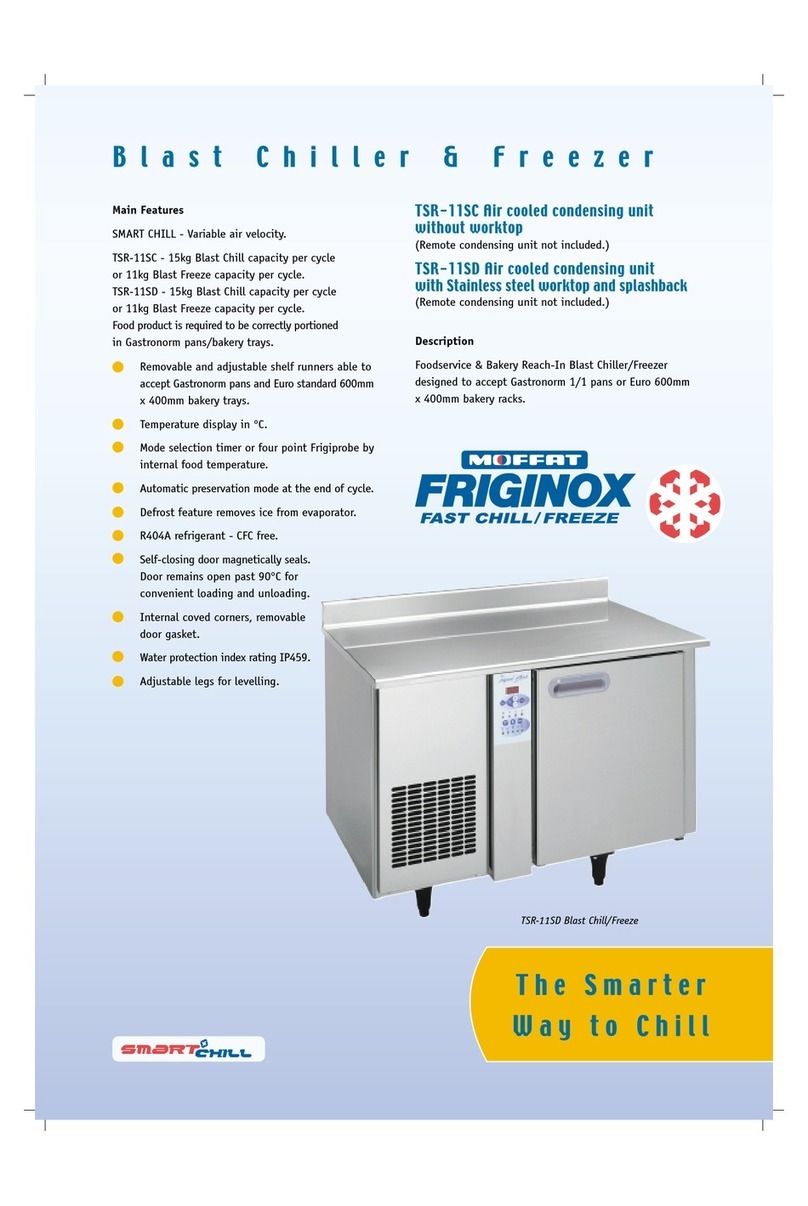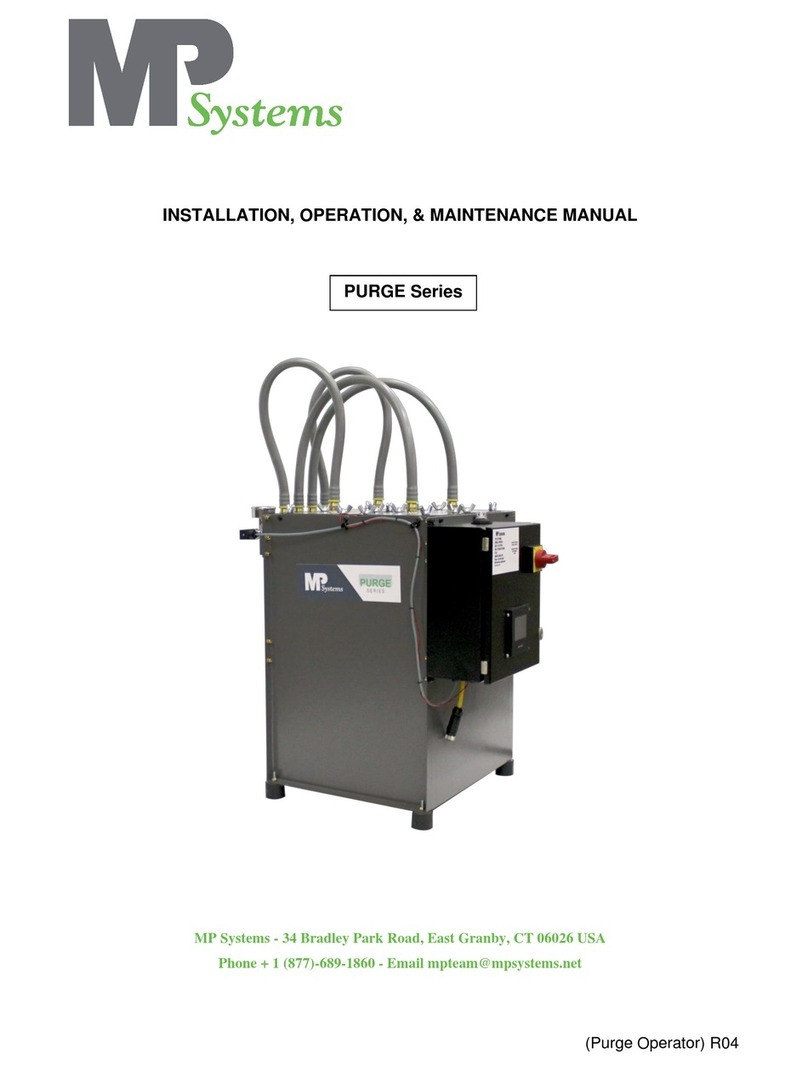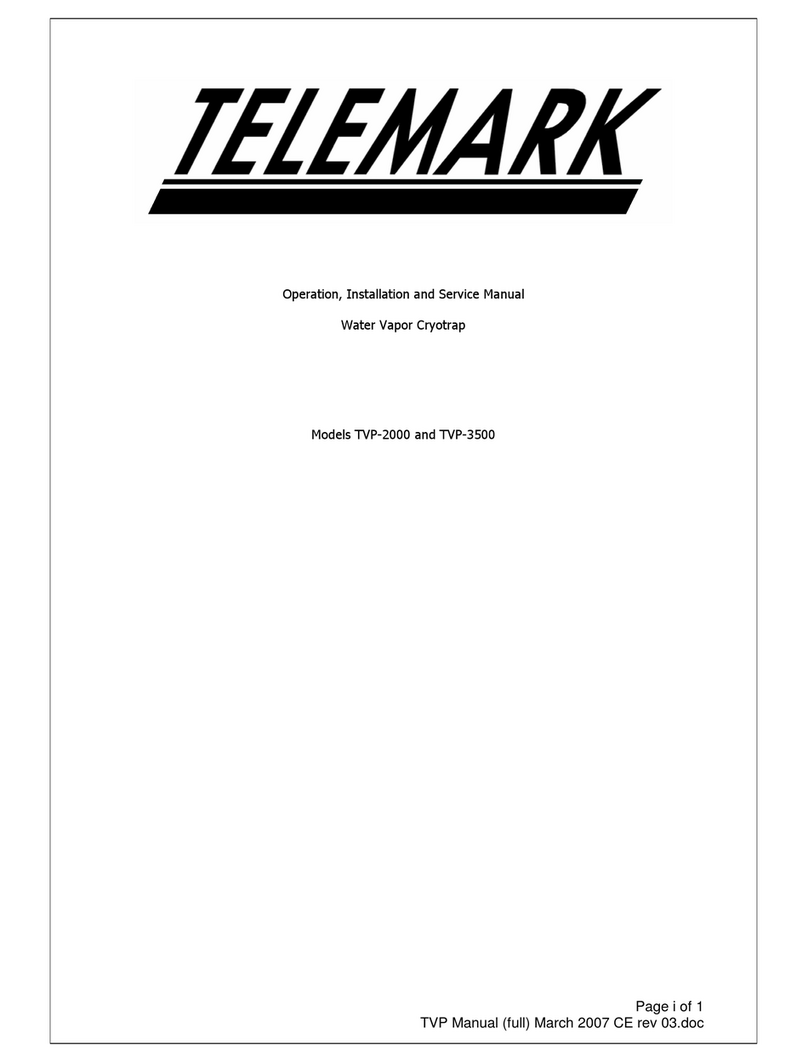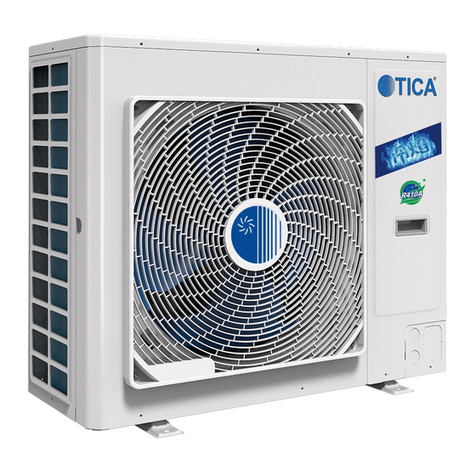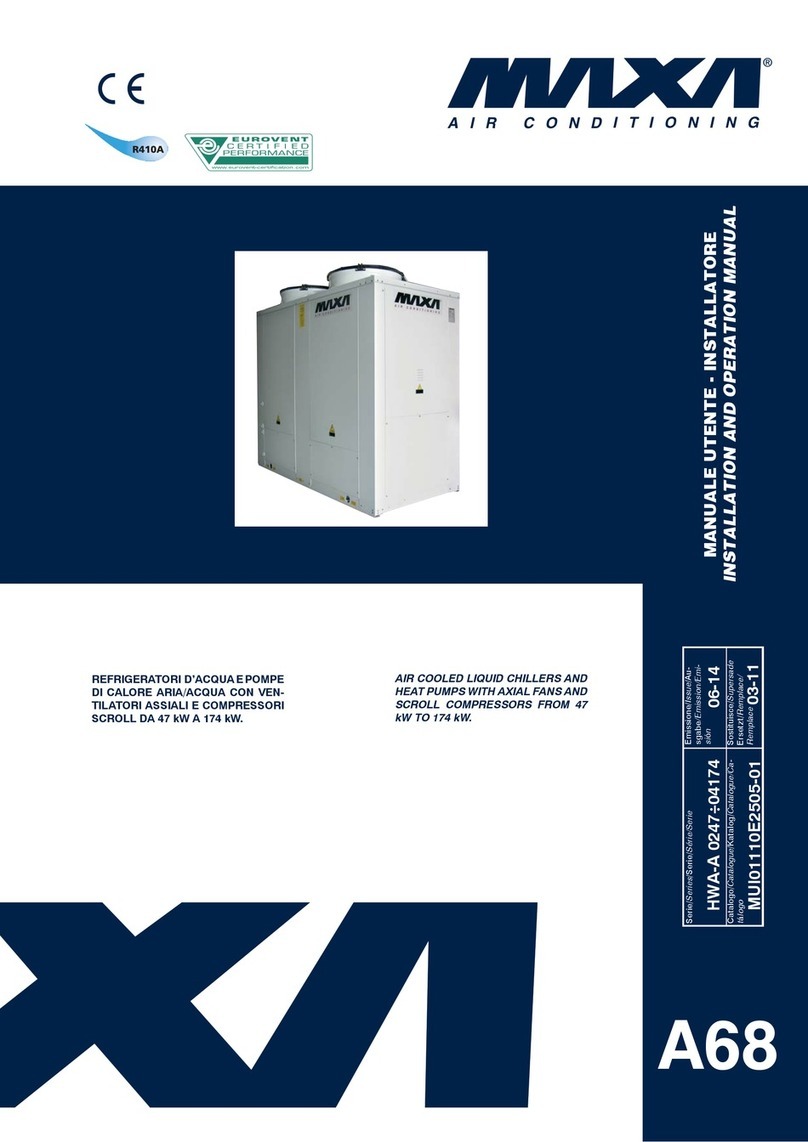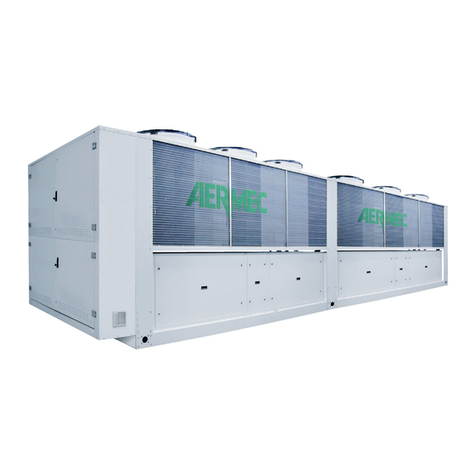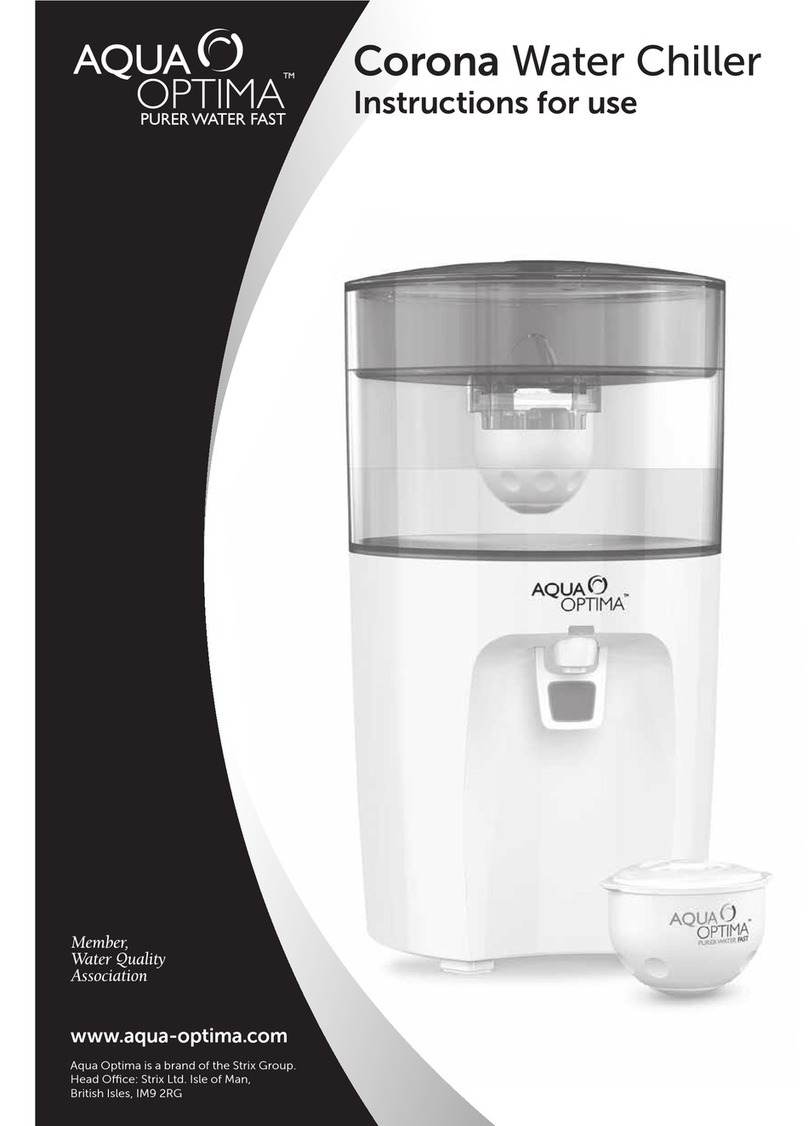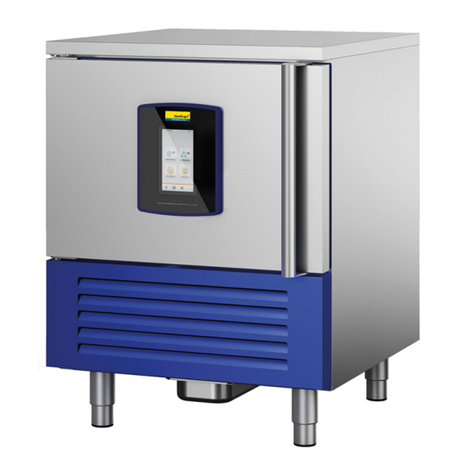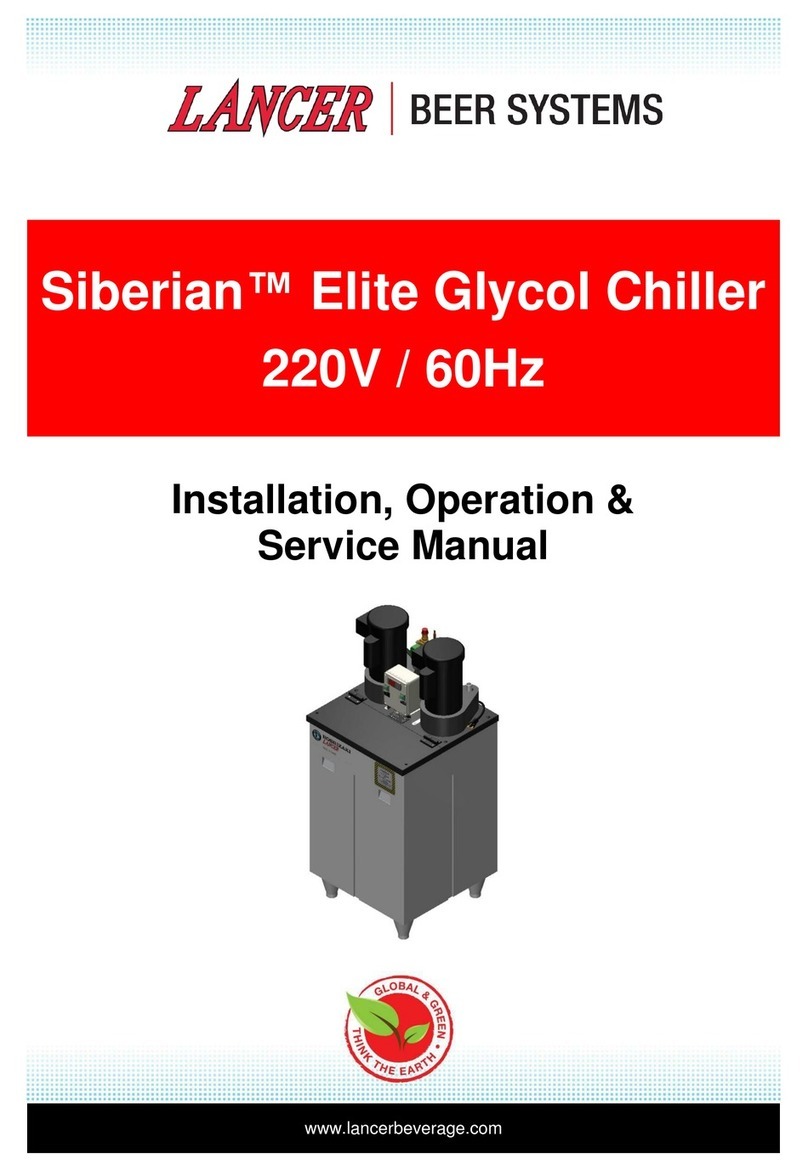All chillers come with a 1 year warranty. Certain chillers are offered with an optional extended
warranty for an additional charge. The length of warranty will be determine by your purchase,
minimum of 1 year.
Penguin Chillers warrants the Chiller to be free from defects in materials and workmanship. The
warranty term begins on the date of purchase. This limited warranty does not cover any
damage, deterioration or malfunction resulting from any alteration, modification, improper
or unreasonable use or maintenance, misuse, abuse, accident, neglect, exposure to excess
moisture, fire, improper packing and shipping (such claims must be presented to the
carrier), lightning, power surges, or other acts of nature. Penguin Chillers’ warranty liability
extends only to the replacement cost of the product. Penguin Chillers will not be liable for any
consequential, indirect, or incidental damages of any kind, including lost revenues, lost profits, or
other losses in connection with the product. Some states do not allow limitation on how long an
implied warranty lasts or the exclusion of incidental or consequential damages, so the above
limitations or exclusions may not apply to you. Penguin Chillers will, at our discretion, repair or
replace the Chiller covered under this warranty. To request warranty service, please contact our
If this product is returned to Penguin Chillers for repair the customer is responsible for shipping
charges to get the chiller to Penguin Chillers. The chiller needs to be properly packaged for safe
transport. This product must be insured during shipment. Customer assumes all risks of loss or
damage during shipment. After receiving the package Penguin Chillers will repair or replace the
chiller at our discretion. Penguin Chillers will repackage and ship the chiller back to you at no
additional cost within the continental 48 states, surcharges may apply outside of the continental 48
states. Penguin Chillers will not be responsible for any costs related to the removal or re-
installation of this product from or into any installation. Penguin Chillers will not be responsible for
any costs related to any setting up this product, any adjustment of user controls or any installation
cost of this product.
TO THE MAXIMUM EXTENT PERMITTED BY LAW, THIS LIMITED WARRANTY AND THE REMEDIES
SET FORTH ABOVE ARE EXCLUSIVE AND IN LIEU OF OTHER WARRANTIES, REMEDIES AND
CONDITIONS, WHETHER ORAL OR WRITTEN, EXPRESS OR IMPLIED. TO THE MAXIMUM EXTENT
PERMITTED BY LAW, PENGUIN CHILLERS SPECIFICALLY DISCLAIMS ANY AND ALL IMPLIED
WARRANTIES, INCLUDING, WITHOUT LIMITATION, WARRANTIES OF MERCHANTABILITY AND
FITNESS FOR A PARTICULAR PURPOSE. IF PENGUIN CHILLERS CANNOT LAWFULLY DISCLAIM OR
EXCLUDE IMPLIED WARRANTIES UNDER APPLICABLE LAW, THEN ALL IMPLIED WARRANTIES
COVERING THIS PRODUCT, INCLUDING WARRANTIES OF MERCHANTABILITY AND FITNESS FOR A
PARTICULAR PURPOSE, SHALL APPLY TO PRODUCT AS PROVIDED UNDER APPlICABLE LAW.
This limited warranty is void if (i) the label bearing the serial number of this product has been removed or
defaced, (ii) the product is not distributed by Penguin Chillers or (iii) this product is not purchased from an
authorized Penguin Chillers reseller. If you are unsure whether a reseller is an authorized or not, contact us.
8.
8.www.PenguinChillers.com
